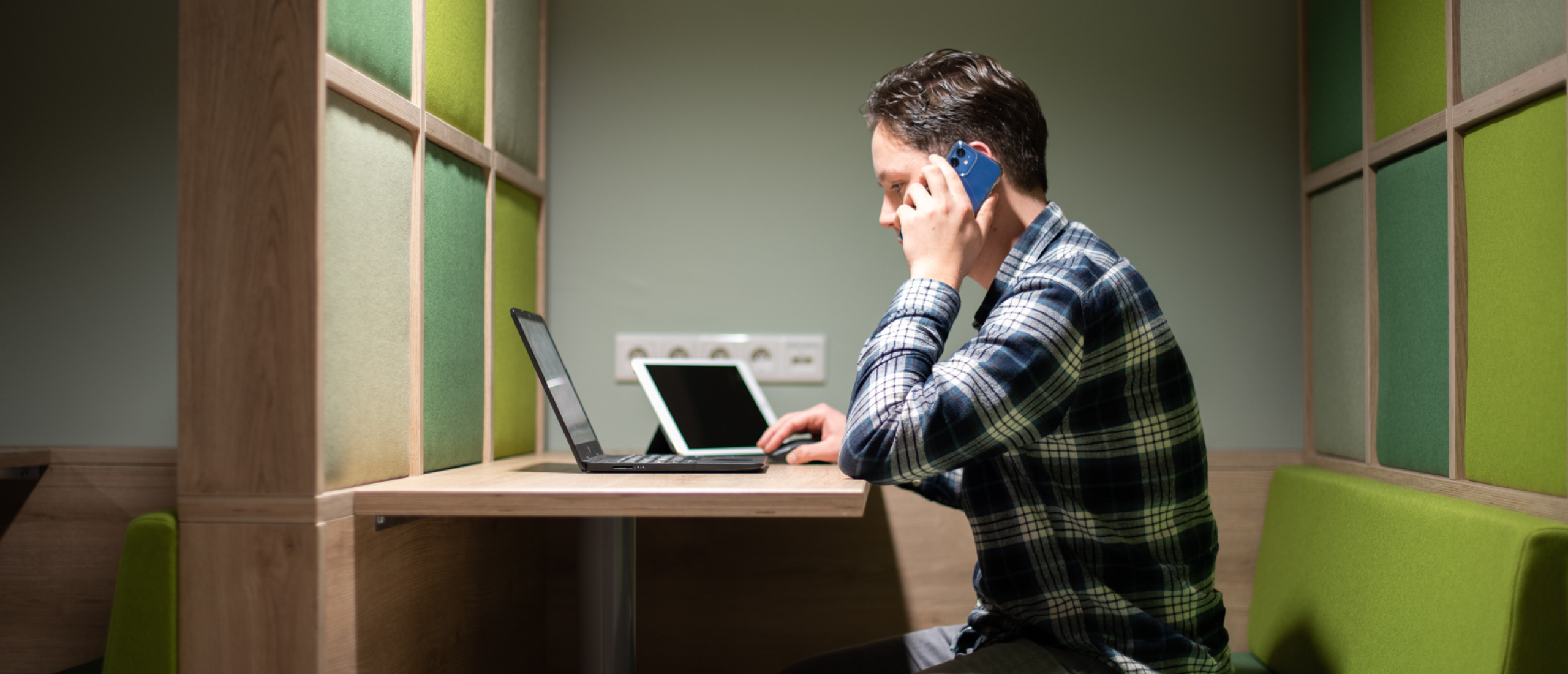Do you want to discover to what extent your product meets consumers’ expectations? A useful tool to map the entire consumer experience is an in-home test. In this blog, our Research Expert Kelly will explain more about this research method in this blog. Get inspired!
By: Kelly van Antwerpen, Research Expert at Bamboo Brands
How does an in-home test work?
For an in-home test, respondents are selected based on their shopper behavior in the chosen category. This is to make sure that you will gain the most relevant insights about your target group. Subsequently, the respondents get a sample of the test product to try at home. In addition, respondents can also send in a photo (using a QR code) of a real-life use moment from home.
After the moment of use, consumers share their user experience in an interview by phone. The interviews are conducted by experienced researchers. As a result, you will get insight into the moment of use and convenience, but also into sensory aspects such as smell, taste and texture.
The benefits of an in-home test
The in-home test is a useful tool if you want a deep dive into the consumer experience of your innovation. One requirement is that your innovation is in the final stage of the development process so that consumers can use and experience the product. As a Research Expert, I am a big fan of the in-home test because there is no better way to map real-life consumer behavior than in the consumer's home environment.
What’s so unique about our approach?
At Bamboo Brands, we offer this type of research in the form of an In-Home User Assessment. The unique about our approach to in-home testing is that we recruit respondents on the shop floor and select them based on their shopper behavior in your desired category.
- Furthermore, we deliberately do not work with consumer panels, because this can lead to irrelevant insights from consumers outside your target group. We also see that panel participants are often biased.
- We prevent bias as much as possible because consumers are approached spontaneously and they share their experiences in their own home environment, at a time that suits them. This is how we create the most realistic setting.
Read more about our in-home test.
Want to dig deeper?
Most of our clients choose to combine an in-home test with broader qualitative research (Discovery Assessment). In this way, you will get insight into the total Shopper Journey.
Here’s how that works:
1. In a Discovery Assessment we survey consumers on the shop floor (in your category) about your product innovation. After a short interview about first impressions and expectations of the concept, we ask respondents if they want to try the product at home.
2. Respondents who indicate they would like to participate in the in-home test will be given a product sample to take home for testing. Using a QR code, respondents can send in a photo of a real-life use moment from home.
3. After respondents use the product, we call them to hear about their experiences and gather further qualitative insights.
The advantage of this approach is that you can question consumers in the most realistic setting, namely on the store floor and at home. You also get a complete view from the orientation phase to the actual moment of use.
Case study
I recently supervised a Full Concept Assessment for an international A-brand, which included an in-home test. A surprising insight was that the concept did not seem to impress at first glance in the supermarket, but while trying it at home, it performed above expectations! Also, the product was used at different times than previously thought. With these insights, the client has been able to optimize the concept.
More information about the in-home test
Want to learn more about in-home testing and the opportunities for your organization? Contact my colleague Chantal Risseeuw-Boer, at chantal@bamboobrands.com. Or read more information on this page.






